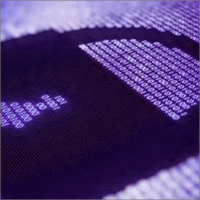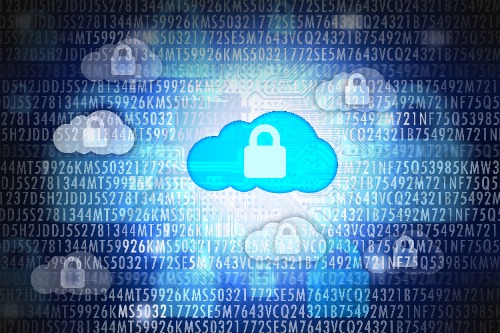Has the ransomware epidemic just begun?
Ransomware takes your computer by storm, encrypting your most important files and demanding a payout in return for the ecryption key. Unless you have back-ups that are safe, you ultimately have no choice but to pay the ransom to get back whatever files they have locked. According to our Vice President of Cybersecurity, ransomware started by two Pakistani brothers in 1986, and the evolution began.
Recently, we’ve read about the increased number of ransomware hits in the public sector. Hospitals, schools, government agencies, and corporations large and small have all fallen victim to ransomware. So why the sudden increase? Because the hackers have been getting away with it, and its been proven to be rather lucrative.
Ransomware has also continued to evolve due to the advances in technology. There is ransomware that may encrypt only files deemed important on your PC. There is ransomware that searches for open endpoints and moves from your computer to the next open endpoint encrypting data along the way. There is also ransomware that locks your entire hard drive.
Phish Me CEO and co-founder, Rohyt Belani, made the following statement regarding the uptake in ransomware attacks:
“Ransomware attacks have the potential to become the biggest crime in digital history. They threaten every major sector, from the healthcare industry to government agencies, drive unquantifiable financial losses and, in the case of healthcare, could have life and death implications.”
So how do you protect yourself? It simply requires two things, a little common sense and a security software program that can keep up with the evolving ransomware threats. First, many of these hackers invade your computer through a phishing attack. So my best advice, think before you click. Do you know the sender of that email? No – delete. Yes – Are you expecting something from this person? No – follow up to make sure it’s truly from them. Hackers are smart and can make anything look legitimate.
Now, not all phishing attacks will be obvious, so it could be beneficial to take part in a cyber security training course. KnowBe4 offers cyber security training, which is a free service to all PC Matic subscribers.
Lastly, and I cannot reiterate this enough, you need a security software that uses whitelist technology. It is impossible for security software developers to maintain a list of all the malicious viruses in order to keep their blacklist up to date. Using this method, there will always be a victim. In order for the developers to know it is a bad file or program, it had to have been founded doing bad things somewhere, and that somewhere could have been your computer. Do you want to be their guinea pig? I don’t.
Whitelisting technology uses a list of all the known good programs and only allows them to run. This has been proven to block ransomware.
For a list of the 2016 ransomware attacks, click here.




